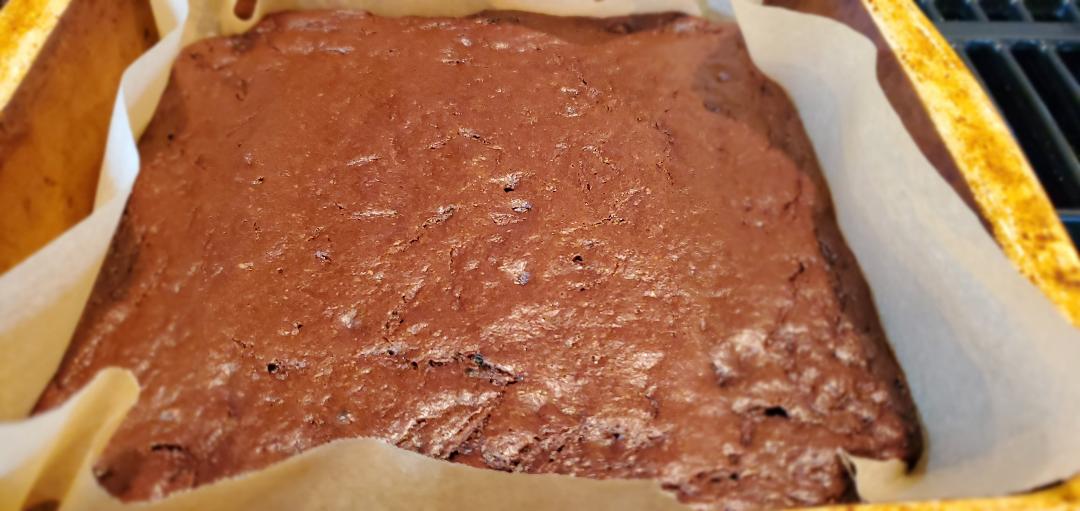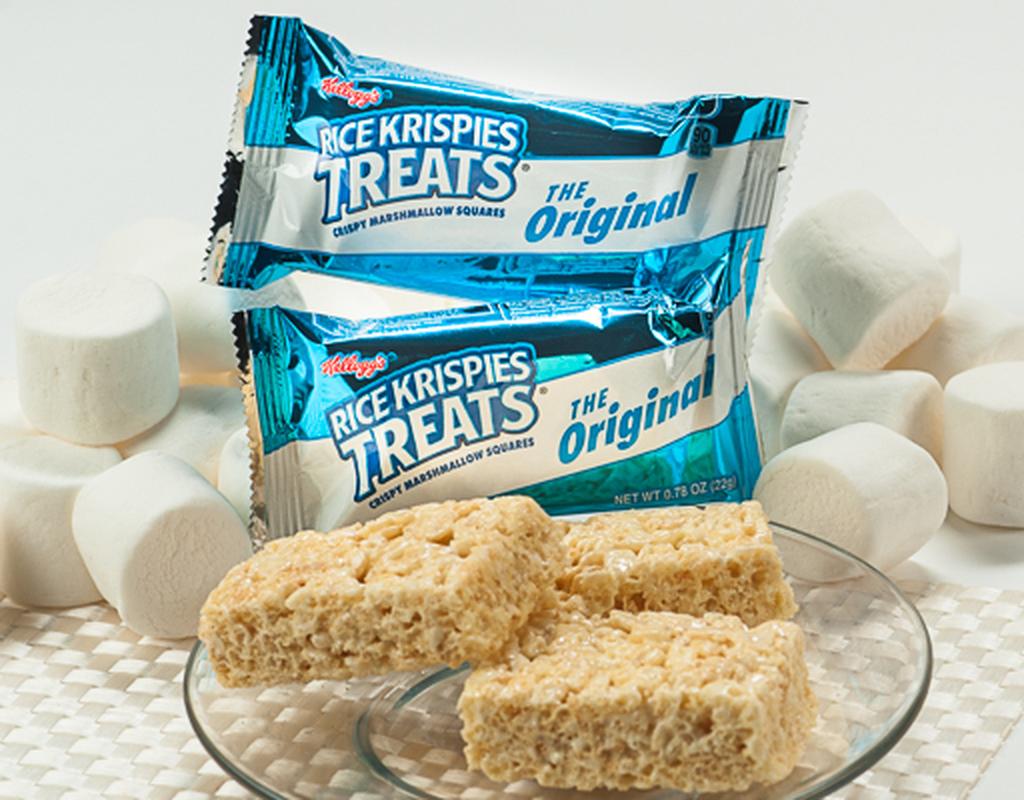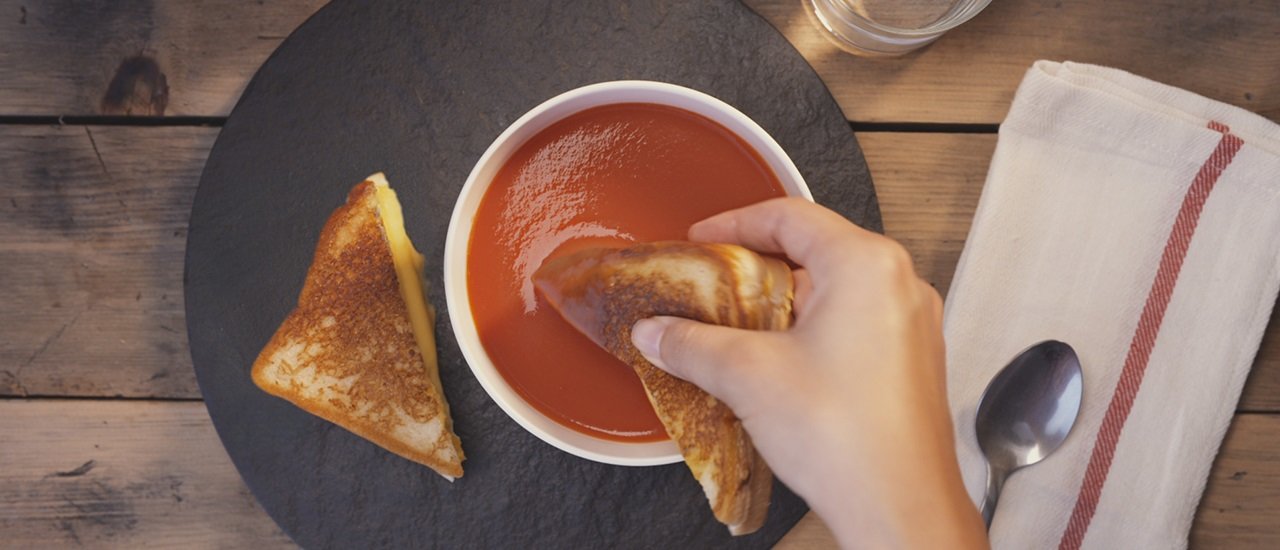What’s so bad about Oreo’s?
What you need to know about Oreo ingredients:
Remember: Ingredients are listed on a package in descending order of predominance by their weight. This means the ingredient that weighs the most is listed first, and the ingredient that weighs the least is listed last so that you know what the primary ingredients are that make up the food and have a better idea of the overall health of the food.

#1 Ingredient – Sugar (Poison)
- Sugar is used in baked goods as a preservative.
- 99% of all sugar is from GMO sugar beets.
- Sugar helps to stabilize and form the structure in processed foods.
- Consuming excess sugar drives cravings for more and more.
#2 Ingredient – Unbleached Enriched Flour (wheat flour, niacin, reduced iron, thiamine mononitrate {vitamin B1}, Riboflavin {vitamin B2}, Folic acid)
- Unbleached enriched flour has been stripped of the germ and bran that leaves only starch.
- Valuable vitamins and minerals are lost and then replaced with additives and preservatives to enhance a product’s shelf life.
- Unbleached enriched flour is considered a refined carbohydrate.
- Unlike whole-wheat flour, enriched flour is not able to be absorbed by the body.
#3 Ingredient – High Oleic Canola and/or Palm and/or Canola Oil
- High Oleic Canola and Palm oils are used in baked goods and provide a longer shelf life.
- A study found that some canola oils contained more than 4% trans-fat.
- Canola oil can be found in processed foods and is commonly used in cosmetics, candles, and newspaper ink.
- Over 90% of canola oil is genetically modified.
#4 Ingredient – Cocoa (processed with alkali)
- This process darkens the cocoa and changes its flavor by reducing bitterness.
- The flavonoids in cocoa are substantially reduced when processed.
- Flavonoids are powerful antioxidant agents that help protect your body against everyday toxins and stressors.
#5 Ingredient – High Fructose Corn Syrup
- High fructose corn syrup (HFCS) is used in products that need to be extra sweet.
- HFCS is created by converting dextrose sugar from corn syrup into fructose sugar. This process enables HFCS to taste sweeter than corn syrup.
- HFCS is widely used in processed foods because it is cheaper than sugar.
- HFCS is harder on the body to digest than sugar and can take up to four days before it is completely digested.
- Over 90% of corn is genetically modified.
- Several studies have linked the consumption of HFCS to significant health concerns including the risk of weight gain and obesity, increased triglyceride levels (the level of fat in your blood, metabolic syndrome, and diabetes.
- A study conducted at Princeton University showed that rats that were given HFCS gained 300% quicker than rats fed an equal or larger serving of sugar derived from fruit.
- Consumption of HFCS is also linked to developing diabetes, hypertension and elevated cholesterol levels, and fatty liver disease.
- HFCS, made from yellow dent corn, has been shown to promote increased belly fat and insulin resistance-not to mention the long list of chronic diseases that result directly.
- The fructose in high-fructose corn syrup goes directly to the liver, where it converts to fat and can ultimately lead to heart disease.
- New research shows that fructose (like the fructose in HFCS) causes cancer cells to metastasize in a way that other sugars don’t, proving that there is a difference between fructose and other sugars.
- In 2006, the U.S. government gave the corn industry $4,920,813,719 in subsidies, allowing them to sell their crops very cheaply and still make a profit. It is all about the money!
#6 Ingredient – Leavening (baking soda and/or calcium phosphate)
- Leavening agents use chemical mixtures or compounds that release gas into batters and dough for processed foods.
- The gas that is most used for processed foods including cookies and cakes is carbon dioxide. These agents cause a foaming action to occur; when the chemicals react with heat and moisture they usually leave behind a chemical salt.
#7 Ingredient – Cornstarch
- Cornstarch is starch that comes from corn.
- Over 90% of corn is genetically modified.
- Corn starch is made by a highly refined process that strips valuable nutrients.
- Cornstarch is used in processed foods because of its ability to thicken foods. Cornstarch lends itself to baked goods and fried foods and it is considered gluten-free.
- Cornstarch is also used in the manufacturing of bio-plastics due to its anti-stick properties.
#8 Ingredient – Salt
- Salt is added to processed foods for longer shelf life and enhances the product’s sweet taste.
- Processed foods contain higher sodium content than foods that are naturally grown.
#9 Ingredient – Soy Lecithin
- Soy Lecithin has a creamy texture and is used for emulsifying fats.
- Soy Lecithin acts as a binding agent added to a variety of baked goods and processed foods.
- Over 90% of soy is genetically modified.
#10 Ingredient – Vanillin-artificial flavor
- Vanillin is synthetic vanilla that replaces natural vanilla extract.
- Vanillin is used as a flavoring agent in processed foods since it is cheaper and richer in flavor.
#11 Ingredient – Chocolate
- Chocolate is any product made primarily of cocoa solids and cocoa butter.
- Cost is decreased by reducing the number of cocoa solids and substituting cocoa with cocoa butter and anther fat which means more money in their pocket!
- In processed foods, the chocolate has typically been sweetened with a flavoring agent.

Yes, Oreo’s packaging reads ‘Milks Favorite Cookie’ with no concern for your health.
So, next time you are tempted to put a package or two in your shopping cart, remember this article and think about how you want to feel.
I hope you glide right past the Oreos and put the ingredients for my Polka Dot Quinoa Balls made with real food in your cart instead!
Here’s the recipe for you.

Polka Dot Quinoa Balls
2 cups cooked organic quinoa*
½ cup organic peanut butter or almond butter
¼ cup local raw honey
1 cup organic rolled oats
¼ cup golden flax meal
¼ cup carob, Equal Exchange, or Enjoy Life chocolate chips
Soak one cup organic quinoa overnight. Drain and rinse. Put quinoa in a pan and cover with 1 ¾ cups filtered water. Bring to a boil. Reduce heat to low and cover. Cook for 10 minutes or until water is absorbed. Remove from heat and let cool. Combine cooked quinoa, peanut butter, and honey in a large bowl and mix. Pulse oats in a blender a few times to make them a bit finer. Stir in oats, flax meal, and chocolate or carob chips. Line baking sheet with parchment paper. Use a large melon baller and put Tbsp. balls on the baking sheet. Bake at 325 degrees for 18 minutes. Makes 20-24 balls.
*Note: To soak and sprout quinoa, put 1 cup of quinoa in a bowl and cover with 2 cups of filtered water. Let soak 8-12 hours. Drain and rinse. Spread into a colander over a bowl and cover with a light towel. Rinse twice a day and let sprout for about 24 hours or until little tails are the same size as the seed.
Take charge of your health and enjoy real food flavor!
Shawndi





